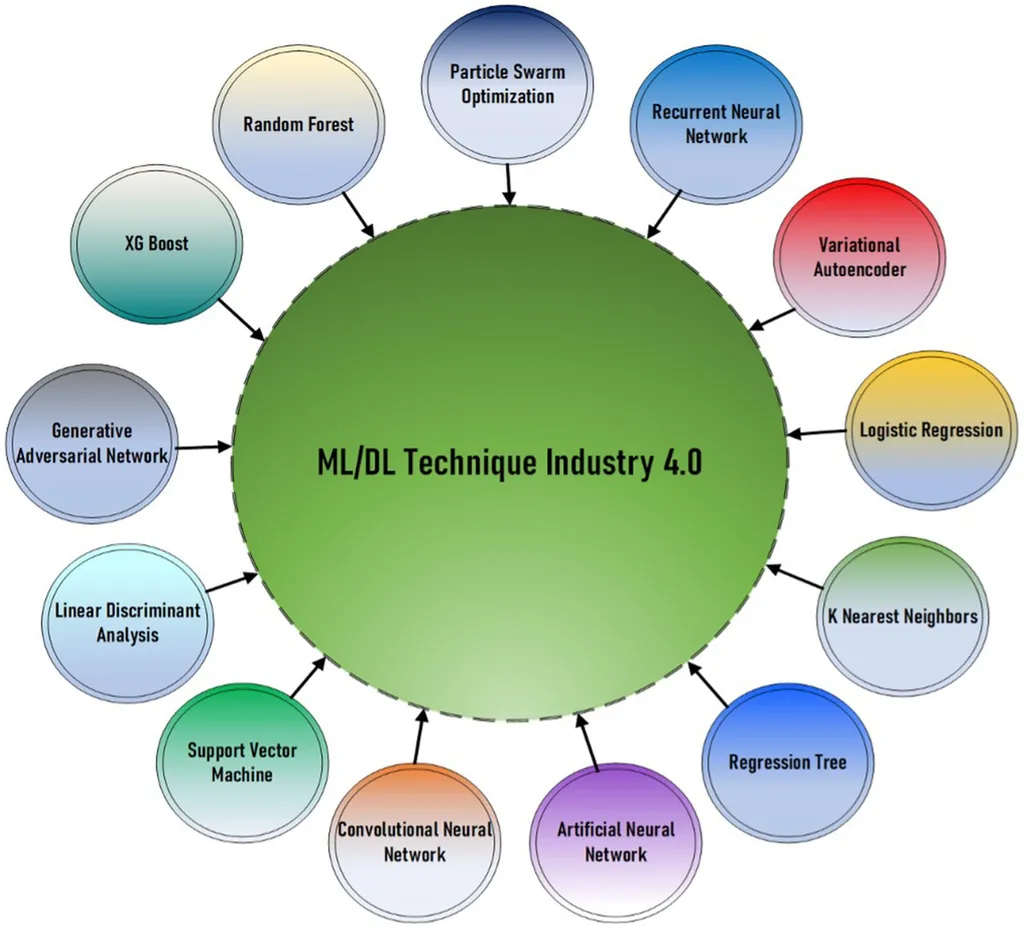In the dynamic world of construction management, a groundbreaking study led by İbrahim Karataş from Osmaniye Korkut Ata University is set to revolutionize how we monitor and manage on-site activities. The research, published in the Düzce University Journal of Science and Technology (Düzce Üniversitesi Bilim ve Teknoloji Dergisi), employs advanced machine learning techniques to predict roughcasting activities with remarkable accuracy. This innovation could significantly enhance productivity and safety in construction sites, particularly in the energy sector where precision and efficiency are paramount.
Karataş and his team utilized a Random Forest (RF) algorithm to analyze data collected from sensors attached to a roughcast master’s arm. These sensors, including an accelerometer, gyroscope, and magnetometer, captured intricate details of various activities such as waiting, roughcasting, material preparation, and lining. The data was meticulously preprocessed, segmented, and labeled to ensure accuracy. The RF model achieved an impressive overall prediction accuracy of 88.86%, with specific activities like roughcasting and waiting being identified with even higher precision.
“The potential of this technology to streamline construction processes is immense,” said Karataş. “By accurately predicting and monitoring worker activities, we can optimize resource allocation, reduce downtime, and enhance overall site efficiency.”
The implications for the energy sector are particularly noteworthy. Construction projects in this field often involve complex and high-stakes activities, where even minor inefficiencies can lead to significant cost overruns and delays. The ability to predict and manage roughcasting activities with such precision can lead to more efficient project timelines and improved safety standards.
Moreover, the study’s focus on real-world applications sets it apart from previous research. “Conducting this study in an actual construction environment ensures that our findings are practical and immediately applicable,” Karataş explained. “This is not just theoretical; it’s a tangible solution that can be implemented today.”
The use of worker-attached sensors and artificial intelligence represents a significant step toward technological adaptation in construction site management. As the industry continues to evolve, such innovations will be crucial in meeting the demands of an increasingly complex and competitive market.
This research not only highlights the potential of machine learning in construction management but also paves the way for broader applications across various construction activities. The integration of advanced technologies like the Random Forest algorithm could redefine how we approach site monitoring and worker management, ultimately leading to more efficient and safer construction practices.
As the construction industry continues to embrace technological advancements, studies like Karataş’s serve as a beacon of progress. The future of construction management lies in the seamless integration of data-driven insights and cutting-edge technologies, ensuring that projects are completed on time, within budget, and to the highest standards of quality and safety.

